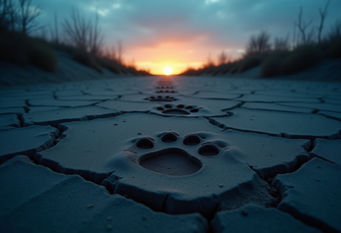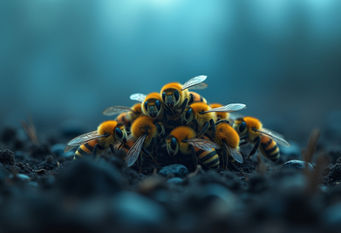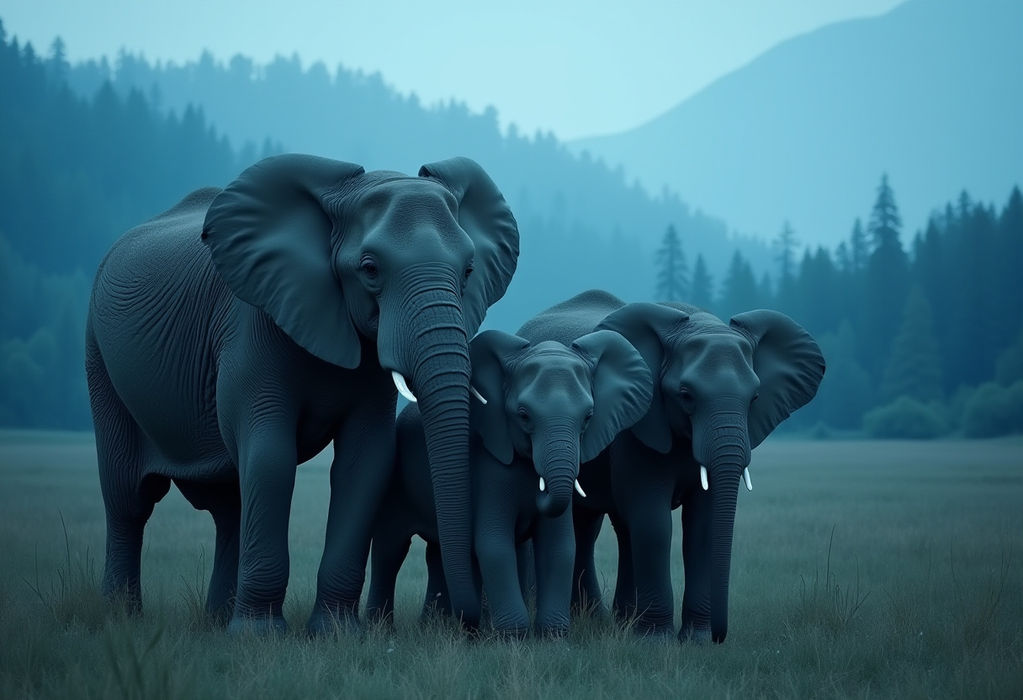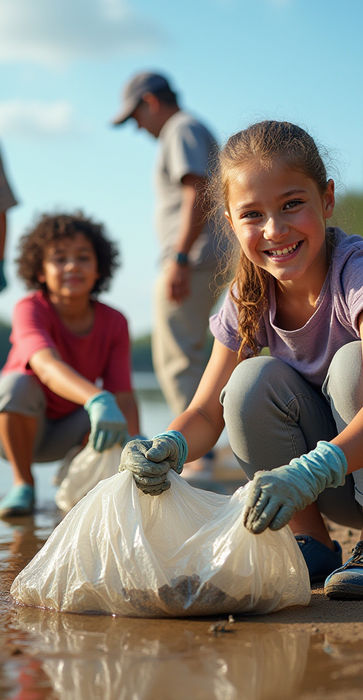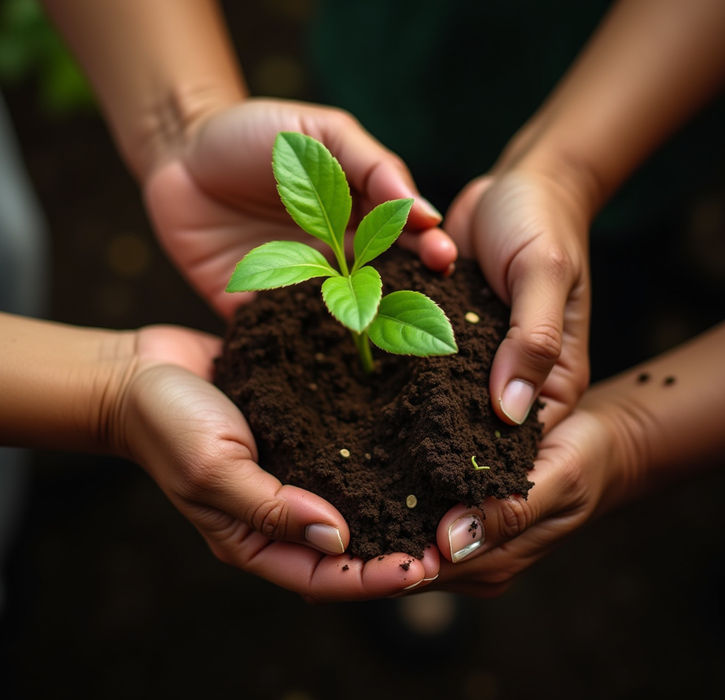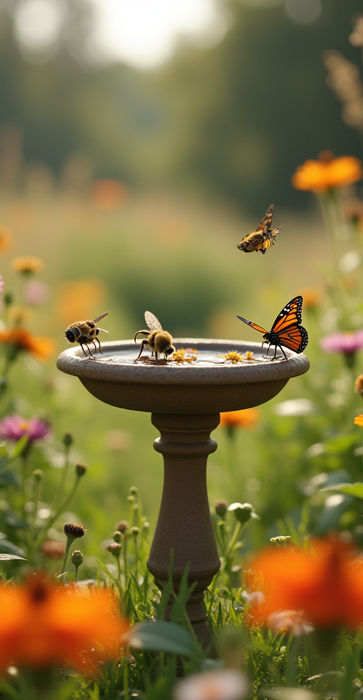
Species conservation: A race against extinction
The Earth is home to millions of species that form a complex web of life. But this web is tearing apart. We are currently experiencing the largest mass extinction since the disappearance of the dinosaurs, driven by human activities. The loss of biodiversity threatens not only countless animals and plants, but also the stability of our ecosystems and thus our own livelihoods. It is time to act – now.

The Web of Life: Why Every Species Counts
Biodiversity, or species diversity, describes the diversity of life at all levels: the genetic diversity within species, the diversity of species themselves, and the diversity of ecosystems (such as forests, coral reefs, and grasslands). This diversity is the result of billions of years of evolution and the foundation for healthy, resilient ecosystems. They provide us with clean air and water, pollinate our crops, regulate the climate, and supply us with food and raw materials. Every species plays a role in this complex system. The disappearance of one species can have unpredictable consequences for the entire network.
Red alert: The extent of species extinction
Scientists warn: The current extinction rate is estimated to be 100 to 1,000 times higher than the natural rate. According to the Red List of the International Union for Conservation of Nature (IUCN), over 40,000 species worldwide are threatened with extinction – more than ever before documented. You can find out which species these are and what their threat status means on our page about threatened species . From the well-known polar bear to countless insects to rare orchids – species extinction affects all habitats and species groups. Many species disappear even before we have discovered them.
Why do species disappear? The main causes
The drastic loss of biodiversity is largely human-caused. The five main drivers are:
1. Destruction and alteration of habitats
The conversion of forests, wetlands and other natural habitats into agricultural land, settlements or infrastructure is the main cause of species extinction on land and in freshwater.
2. Overexploitation of natural resources
Overfishing of the oceans, unsustainable hunting (poaching) and deforestation decimate populations and destroy livelihoods.
3. Climate change
Rising temperatures, changing precipitation patterns, and increasing extreme weather events are forcing species to adapt or migrate—those that fail to do so will disappear. Coral reefs and Arctic ecosystems, for example, are particularly affected.
4. Environmental pollution
Pollutants from industry and agriculture (pesticides, fertilizers), plastic waste and noise pollute ecosystems on land and in water and directly harm animals and plants.
5. Invasive species
Animals and plants introduced through global trade and transport can displace native species, transmit diseases or alter ecosystems.
.png)
When species die: What we lose
The loss of biodiversity is more than just an aesthetic or ethical problem. It has serious consequences:
Unstable ecosystems
Less diversity means less resilience to disturbances (such as climate change or disease).
Loss of ecosystem services
Pollination, water purification, climate regulation – all of these vital natural services are declining.
Food security at risk
The decline of pollinators and overfishing threaten our food production.
Loss of potential resources
Many medicines are based on natural active ingredients. With every species that goes extinct, we lose potentially valuable resources for the future.
Ethical dimension
Do we have the right to wipe out other species and leave an impoverished world for future generations?
%20-%20visual%20selection.png)
Together for diversity: solutions and your contribution
Protecting biodiversity is a global challenge that requires collective action—from policymakers to individuals. Here are some starting points:
Strengthening political will
Support and demand effective nature conservation laws, the expansion of protected areas and international agreements (such as the UN Convention on Biological Diversity).
Consume sustainably
Make conscious purchasing decisions. Look for seals for sustainable forestry (FSC, PEFC), fisheries (MSC, ASC), and agriculture (organic seal). Reduce your meat consumption and avoid products from endangered species (e.g., ivory, tropical wood).
Raising awareness
Educate yourself and talk to others about the importance of biodiversity and the urgency of species conservation. Use your voice!
Reduce footprint
Climate protection is species protection! Reduce your energy consumption, avoid waste, and travel more environmentally consciously.
Our future hangs on the silk thread of diversity
Protecting biodiversity is one of the most urgent tasks of our time. It's not just about saving individual charismatic species, but about preserving the complex foundations of life on our planet – for all living beings and for ourselves. Every effort counts. Let's work together to ensure that the Earth remains a diverse and livable place.
Take action now! Support us or find more opportunities here !


